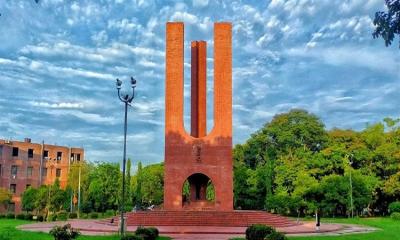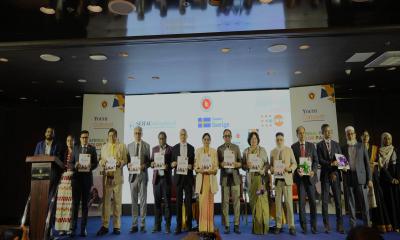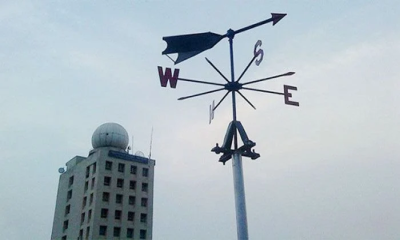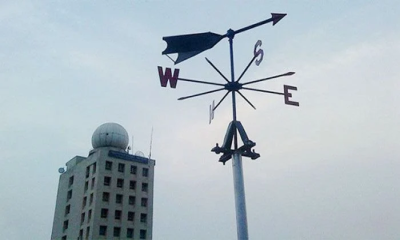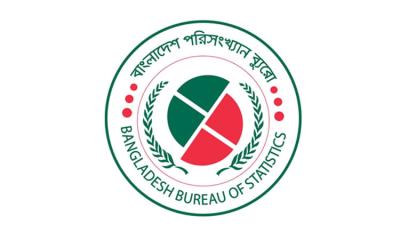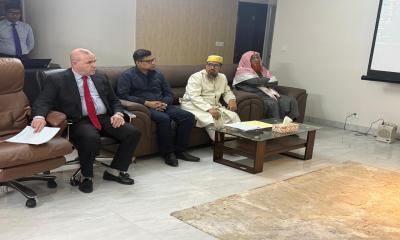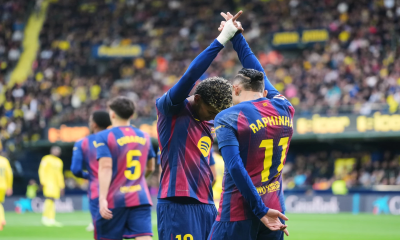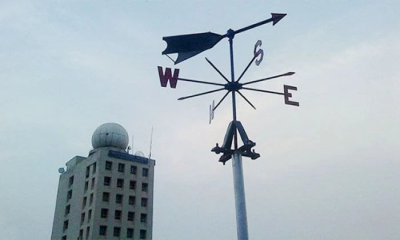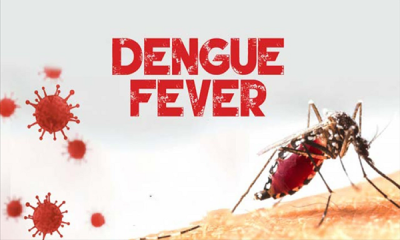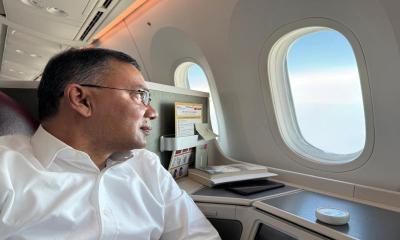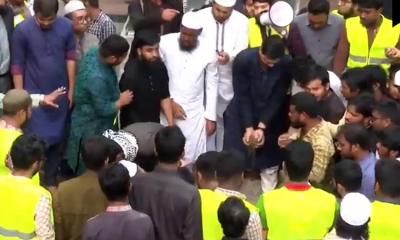Four Indigenous children survived an Amazon plane crash that killed three adults and then wandered on their own in the jungle for 40 days before being found alive by Colombian soldiers.
The announcement of their rescue on Friday brought a happy ending to a saga that had captivated many Colombians, a watch with highs and lows as searchers frantically combed through the rainforest hunting for the youngsters.
President Gustavo Petro celebrated the news upon returning from Cuba, where he signed a cease-fire with representatives of the National Liberation Army rebel group. He said he hoped to talk with them Saturday, and officials said late Friday that the youngsters were being brought to Bogota to be checked at a hospital.
An air force video showed a helicopter using lines to pull the youngsters up because it couldn’t land in the dense rainforest where they were found. The craft flew off in the fading light, the air force said it was going to San Jose del Guaviare, a small town on the edge of the jungle.
No details were released on how the four siblings aged 13, 9, 4 and 11 months managed to survive on their own for so long, though they belong to an Indigenous group that lives in the remote region.
Petro called them an “example of survival” and predicted their saga “will remain in history.”
The military tweeted pictures showing a group of soldiers and volunteers posing with the children, who were wrapped in thermal blankets. One of the soldiers held a bottle to the smallest child’s lips.
The crash happened in the early hours of May 1, when the Cessna single-engine propeller plane with six passengers and a pilot declared an emergency due to an engine failure.
The small aircraft fell off radar a short time later and a frantic search for survivors began. Two weeks after the crash, on May 16, a search team found the plane in a thick patch of the rainforest and recovered the bodies of the three adults on board, but the small children were nowhere to be found.
Sensing that they could be alive, Colombia’s army stepped up the hunt and flew 150 soldiers with dogs into the area. Dozens of volunteers from Indigenous tribes also helped search.
During the search, in an area where visibility is greatly limited by mist and thick folliage, soldiers on helicopters dropped boxes of food into the jungle, hoping that it would help sustain the children. Planes flying over the jungle fired flares to help search crews on the ground at night, and rescuers used speakers that blasted a message recorded by the siblings’ grandmother, telling them to stay in one place.
Rumors also emerged about the childrens` wheareabouts and on May 18 the president tweeted that the children had been found. He then deleted the message, claiming he had been misinformed by a government agency.
The group of four children were travelling with their mother from the Amazonian village of Araracuara to San Jose del Guaviare when the plane crashed.
They are members of the Huitoto people, and officials said the oldest children in the group had some knowledge of how to survive in the rainforest.
On Friday, after confirming the children had been rescued, the president said that for a while he had believed the children were rescued by one of the nomadic tribes that still roam the remote swath of the jungle where the plane fell and have little contact with authorities.
But Petro added that the children were first found by one of the rescue dogs that soldiers took into the jungle.
Officials did not say how far the children were from the crash site when they were found. But the teams had been searching within a 4.5-kilometer (nearly 3-mile) radius from the site where the small plane nosedived into the forest floor.
As the search progressed, soldiers found small clues in the jungle that led them to believe the children were still living, including a pair of footprints, a baby bottle, diapers and pieces of fruit that looked like it had been bitten by humans.
“The jungle saved them” Petro said. “They are children of the jungle, and now they are also children of Colombia.”


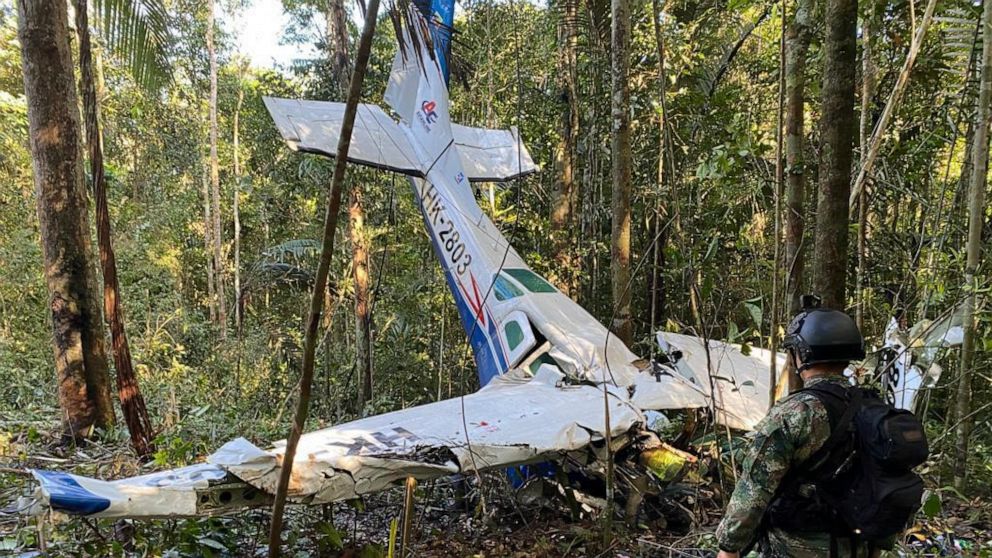

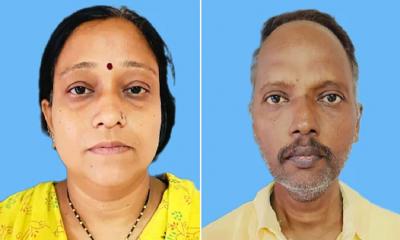
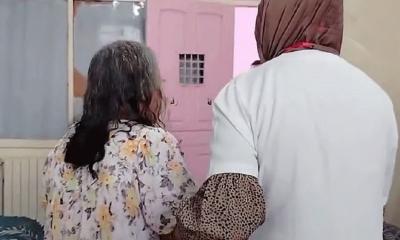
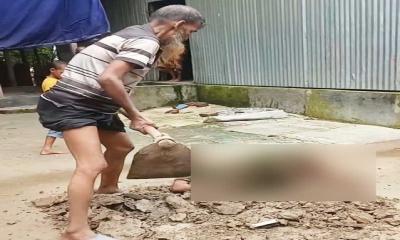
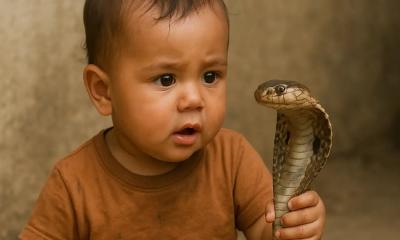

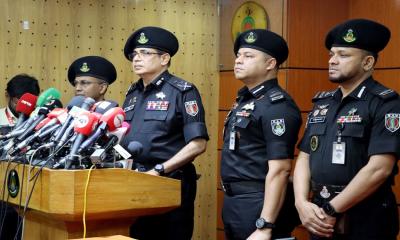
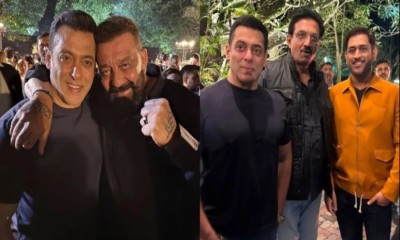
-20251227141313.jpeg)
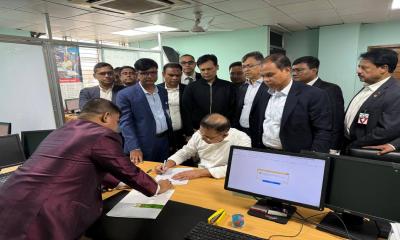

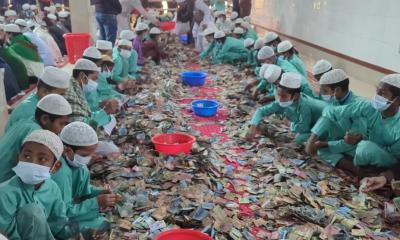
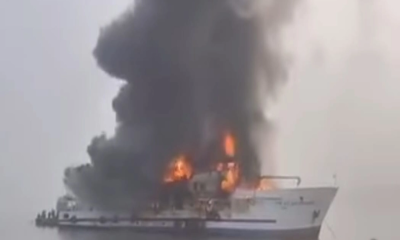
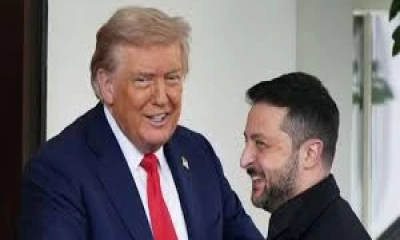
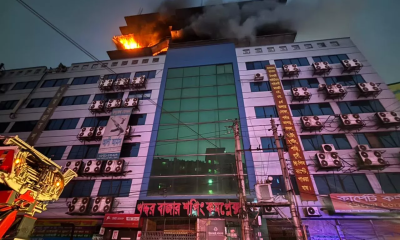
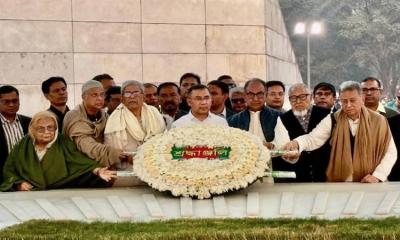


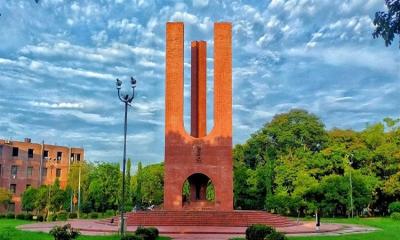
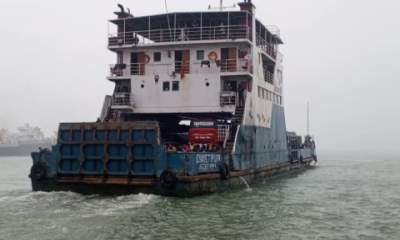
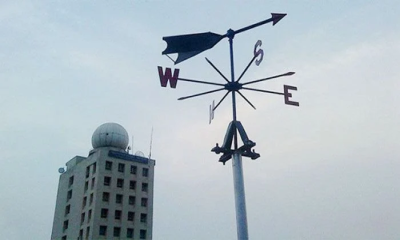
-20251226062607.webp)

